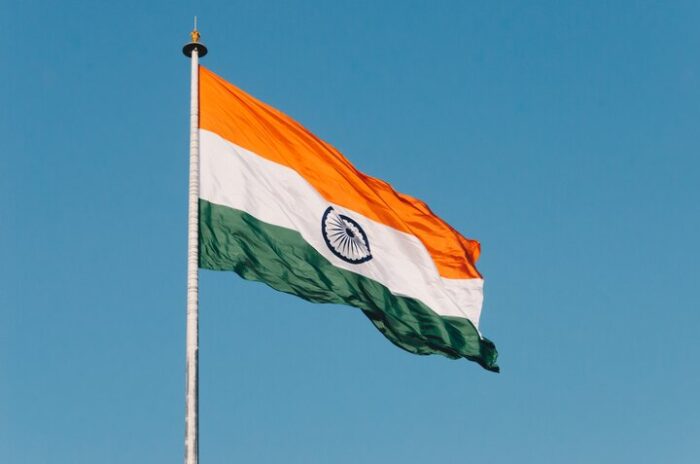
The study “Primetime Nationalism: Analysing Monologues on India’s Republic TV and Times Now During Indo-China Border Conflict” by Anilesh Kumar from Hong Kong Baptist University looked at the media narrative construction in English language broadcast news in India regarding the India-China border conflict of 2020.
As shown in previous studies, media narratives are shaped by economic, political, structural and cultural issues. This study made use of some of those seminal studies, and in addition incorporated a power relations paradigm to the analysis.
The author was particularly interested in looking at how the right-wing ruling agenda impacted the coverage – previoús studies had found the coverage to be biased in favor of the host country, but the impact of ideology was unstudied. There are 573 TV channels in India, two, Republic TV and Times Now were focused on.
The event in question was the border conflict between India and China in 2020. A violent clash between Indian and Chinese soldiers broke out in the so-called Line of Actual Control near Ladakh. The area is of geopolitical importance, as it borders many key regions. There are disputes in the area between India, Pakistan, and China. The conflict was the first fatal one since 1975.
The role of media in Nationalism – the sense of association in an imagined community – has been highlighted in numerous studies. The media has a role in manufacturing mass consent while purporting only to serve the national interest.
As mentioned, the data for the study came from two Indian TV news channels: Republic TV and Times Now. Republic TV is the biggest private news channel in India. Times Now, in turn, is owned by a company that also owns The Times of India, the largest read Indian daily newspaper. A total of 20 debates were gathered for the study from the channels’ Youtube pages. They were primetime, 8-10 pm.
The thematic analysis revealed that China was presented as untrustworthy by numerous means. For example, regarding Covid-19, China was accused of hiding information. Also, the news sought to alleviate any anger toward the Indian government by assuring that the 20 dead Indian soldiers had already been avenged, claiming deaths on the Chinese side without confirmation.
In the narratives, a sense of cultural superiority was created that fit with Hindu nationalism. The Chinese were presented as unscrupulous and almost as medieval brutes who could not be reasoned with. Much emphasis was placed on the fact that the Chinese used clubs and fists – omitting that both sides did.
The media discourse was also heavily slanted in favor of the government, creating an impression that the enemy of the government was also an enemy of the nation. Opposition parties were accused of “siding with the enemy” and “weakening the nation”. The Us vs. Them rhetoric was most visible with the construction of the Chinese and the Indians, and here, the office of the Prime Minister was conflated with the government and the government with the nation.
The media rhetoric also sought to create an exaggerated sense of imagined victory. It was emphasized that China was struggling domestically, with Hong Kong and Taiwan for example, and thus, a divided nation would not be prepared to take on India.
There were little details about why the Chinese would be nervous or insecure, but the Chinese were nevertheless hyperbolically presented as angry, nervous, insecure, and cowardly. India’s ascent superpower status was also emphasized.
In conclusion, the analysis showed that there was a consonance with the right-wing nationalist ideology and the media narratives. A second finding was that of hyper-nationalistic style of presentation that left little room for objectivity and critical analysis.
The author notes that journalism at times of crisis is not a monolith but is shaped by the dominant ideology of the nation. Therefore, to understand journalism, one has to understand politics.
The article “Primetime Nationalism: Analysing Monologues on India’s Republic TV and Times Now During Indo-China Border Conflict” by Anilesh Kumar is in Journalism Studies. (open access).
Picture: The Indian tricolour flag waving in the wind at the Wagah border near Amritsar in Punjab, India. By Naveed Ahmed.
License Unsplash.